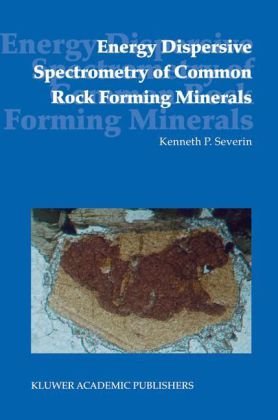

Most ebook files are in PDF format, so you can easily read them using various software such as Foxit Reader or directly on the Google Chrome browser.
Some ebook files are released by publishers in other formats such as .awz, .mobi, .epub, .fb2, etc. You may need to install specific software to read these formats on mobile/PC, such as Calibre.
Please read the tutorial at this link: https://ebookbell.com/faq
We offer FREE conversion to the popular formats you request; however, this may take some time. Therefore, right after payment, please email us, and we will try to provide the service as quickly as possible.
For some exceptional file formats or broken links (if any), please refrain from opening any disputes. Instead, email us first, and we will try to assist within a maximum of 6 hours.
EbookBell Team

4.7
96 reviews
ISBN 10: 9401751269
ISBN 13: 978-9401751261
Author: Kenneth Severin
"This book came about because of my poor memory: it is amazing how quickly and easily an experienced electron microscopist/mineralogist can identify minerals with an Energy Dispersive Spectrometer (EDS). It is also amazing how long it takes someone who is not good at mineralogy to search through a mineralogy text, trying to match the peaks on their unknown spectrum with the chemical formula of some mineral. After the mineral is finally identified, it is easy to identify other specimens of similar composition as EDS spectra have very distinctive patterns. For me, however, as I move between projects, it is easy to forget the patterns. After several episodes of having to relearn the spectra of some all too common rock forming minerals, I decided that a book of EDS ‘flashcards’ would be useful - a catalogue of the minerals that are commonly found in rocks. In addition, why not make a key? This would save a fair amount of time for those who are less experienced mineralogists, but, for whatever reason, use an Energy Dispersive Spectrometer to identify minerals."
Ken Severin
Providing a very basic introduction to Electron Microscopy and Energy Dispersive Spectrometry, the book’s importance lies in its containing the largest compiled collection of EDS spectra ever published, covering most rock forming minerals.
Audience: An easy-to-use reference tool for all scientists and researchers using Energy Dispersive Spectrometry for identification of minerals.
Student suitability: useful supplemental material for any geologically oriented electron microscopy or electron microprobe class.
Chapter1 : Introduction
Chapter 2: Content
Chapter 3: Conclusion
Chapter 4: Appendices
Chapter 5: Glossary
Chapter 6: References
Chapter 7: Index
eds energy dispersive spectrometry
scanning electron microscopy-energy dispersive spectroscopy
energy dispersive x ray spectrometry
energy dispersive x ray spectrometry edxs
how does energy dispersive spectroscopy work